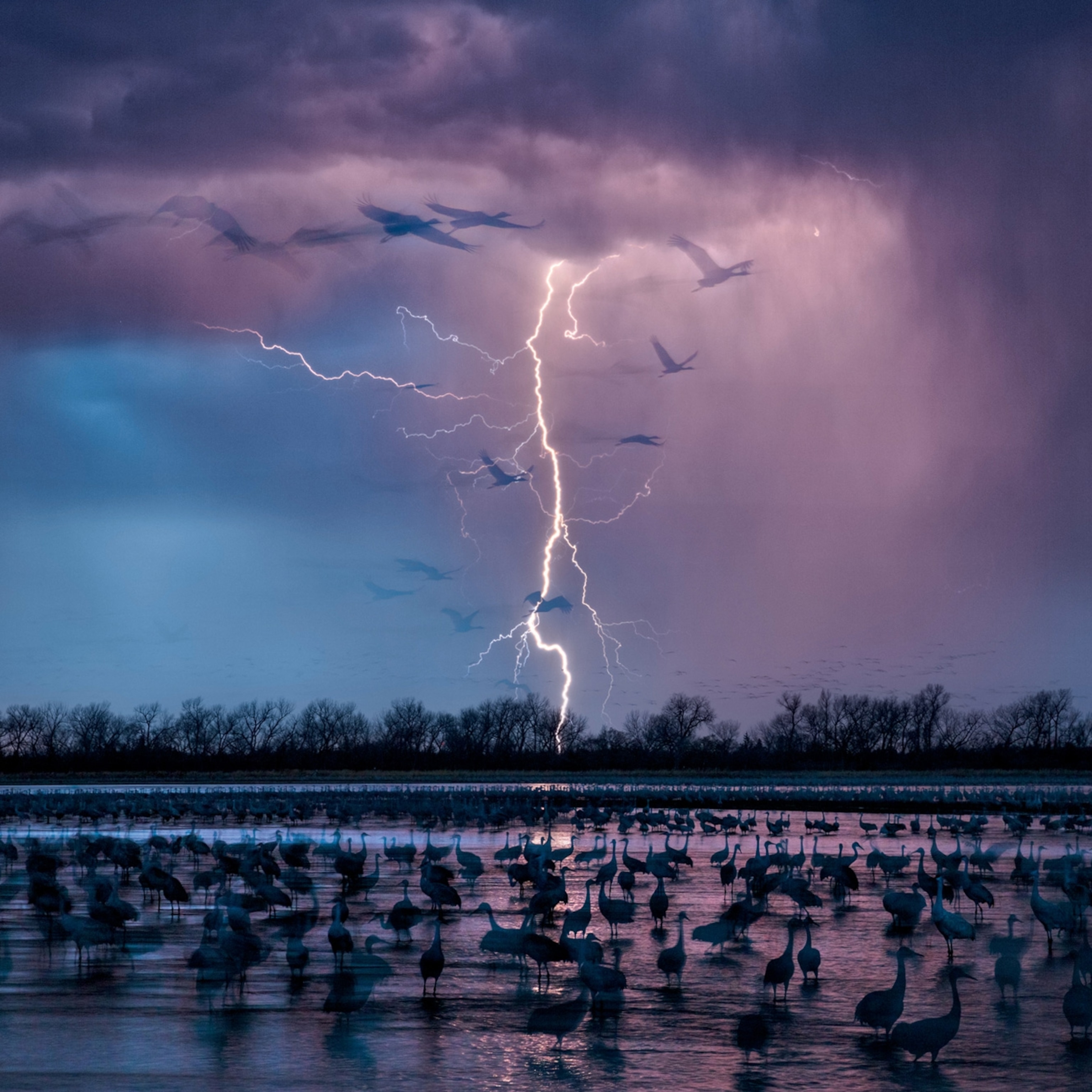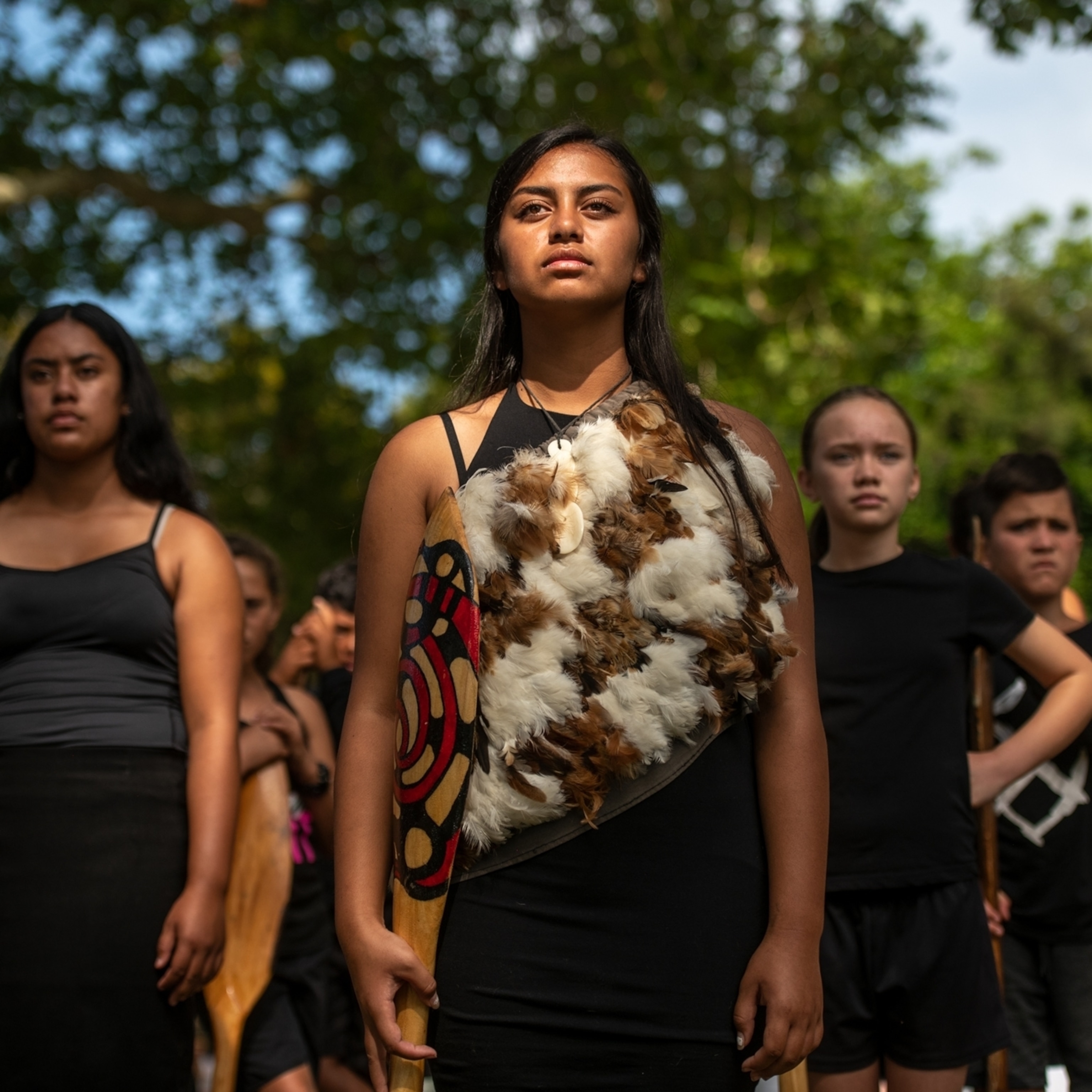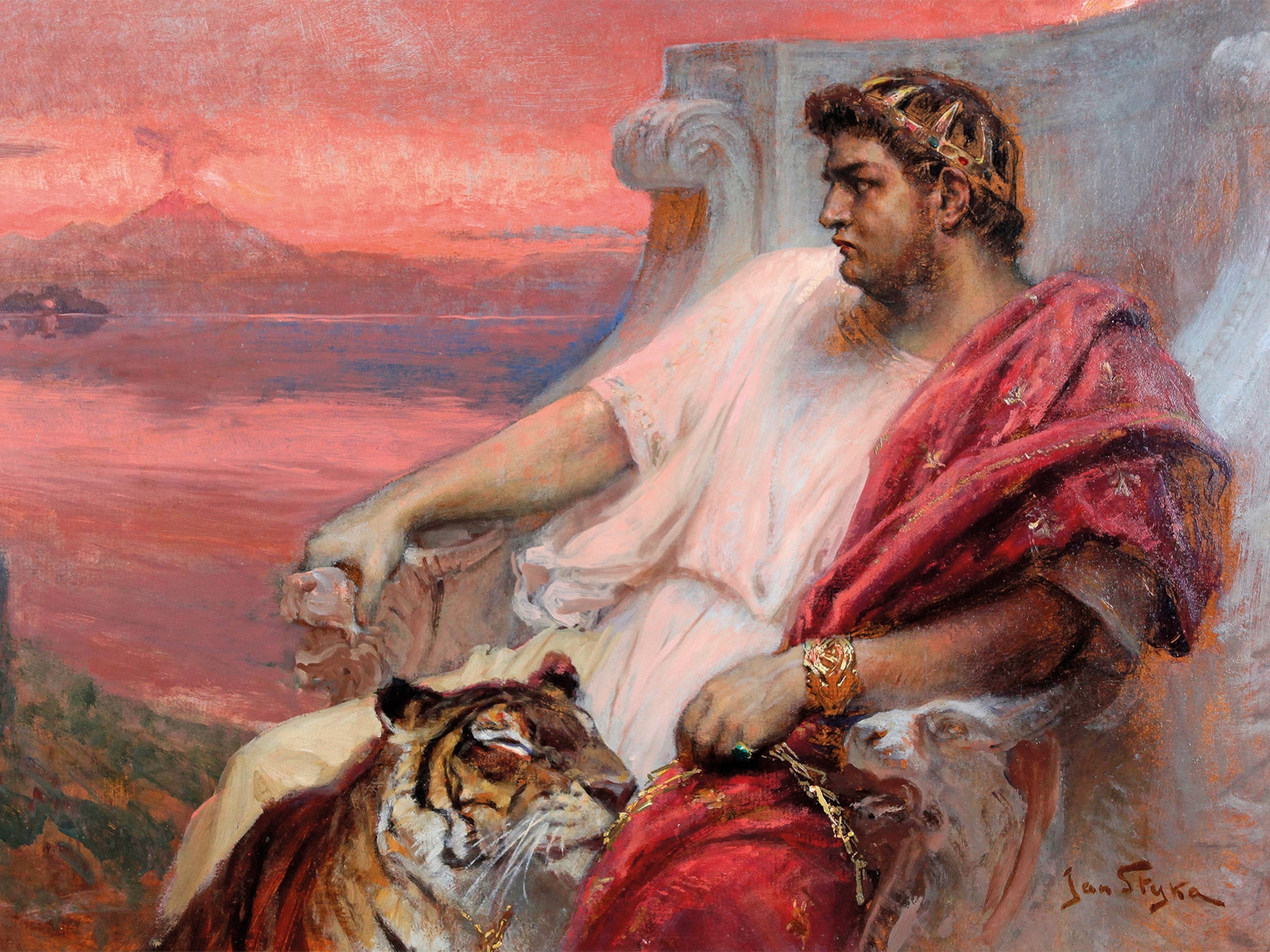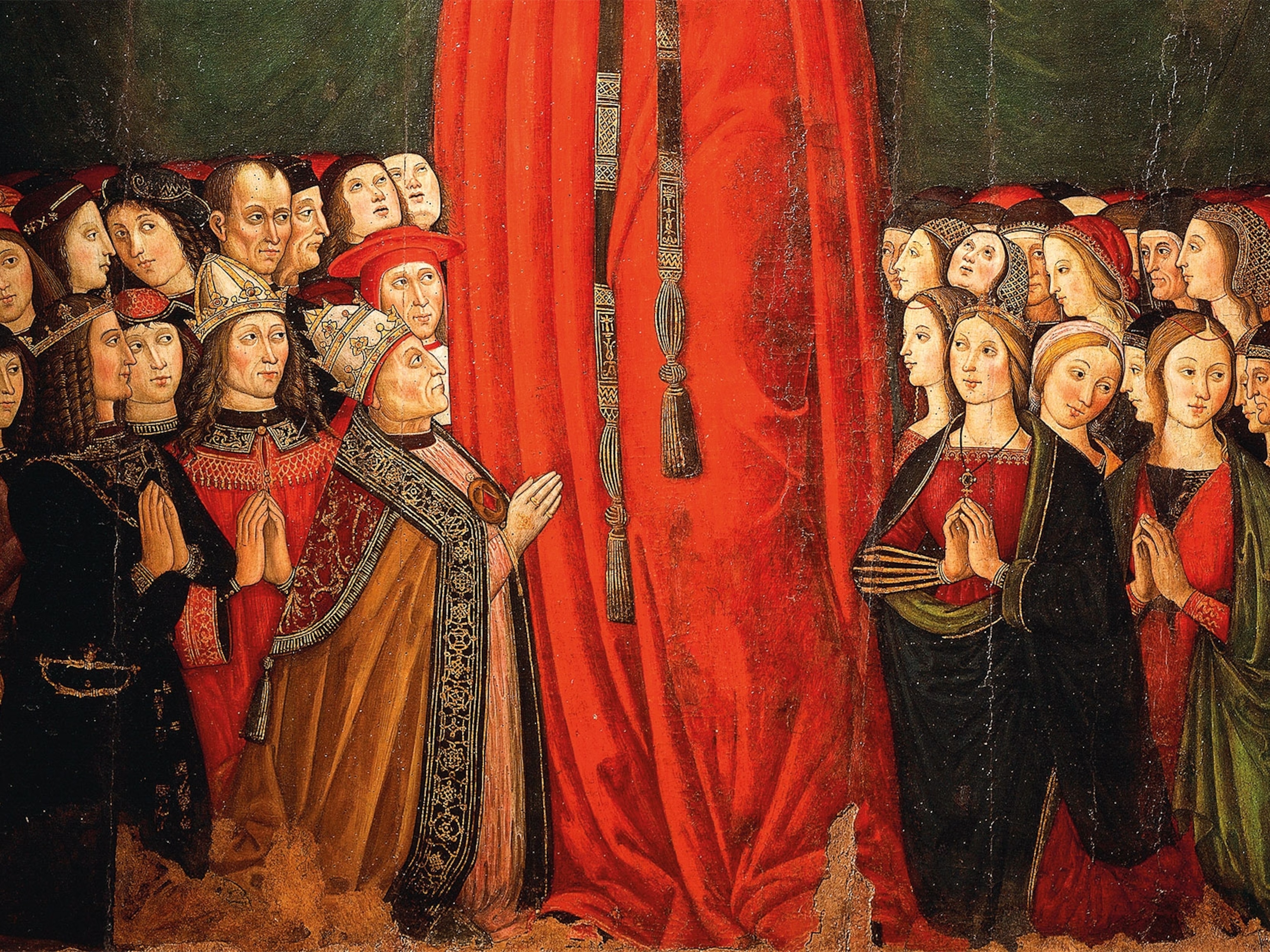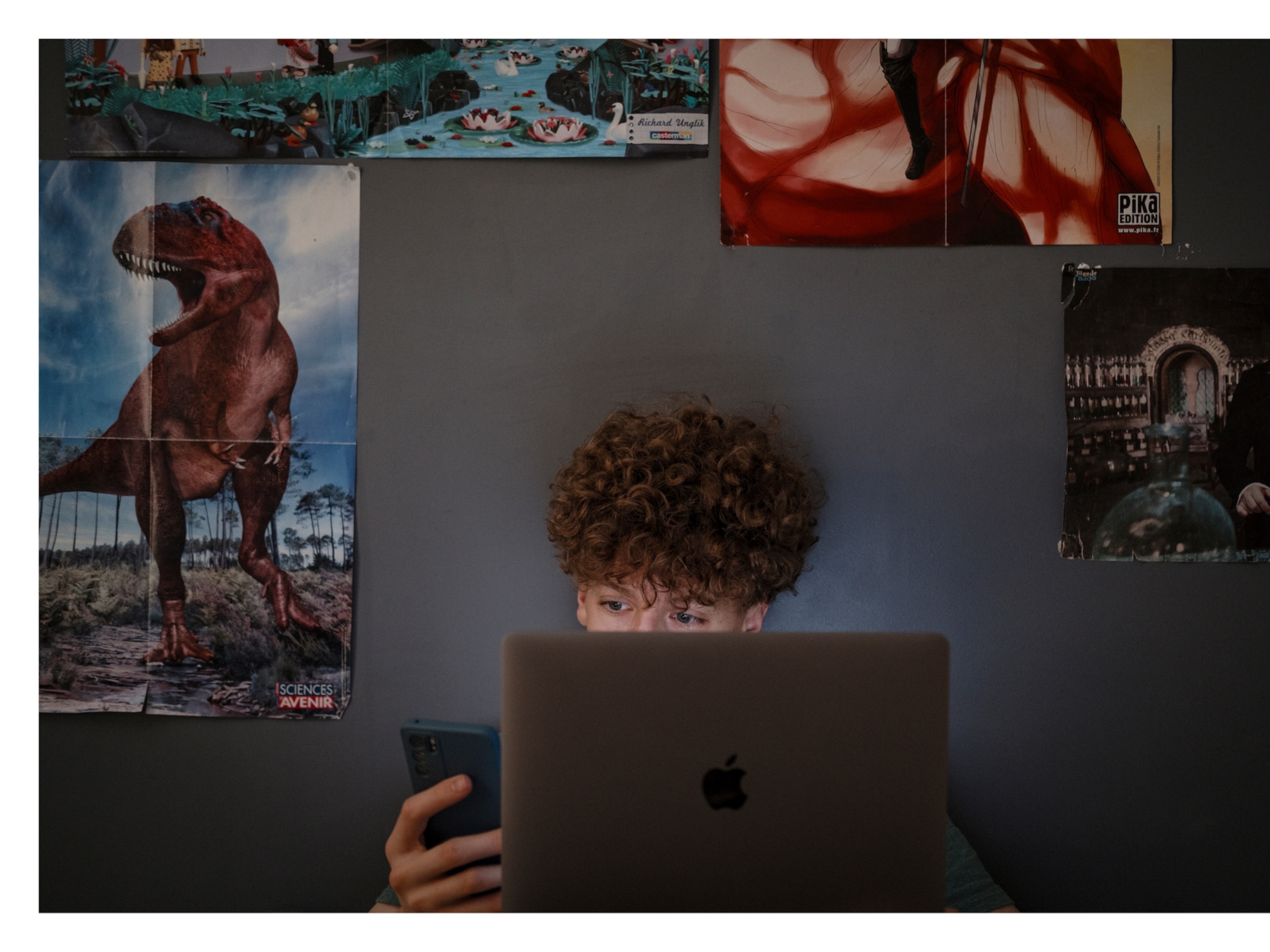In this country, social media is successfully rewriting an autocratic past
The Philippines is home to some of the world’s most active users of social media. As election day approaches, the platform has been “weaponized" to get a former dictator’s son to the presidency.

May Rodriguez never expected the Philippines to process the pain that followed a decade and a half under a dictatorship by pretending it didn’t happen. After all, she says, even if her country’s collective memory is fading, evidence of the widespread violence and corruption that prevailed during the Ferdinand Marcos regime is everywhere online—if only people cared enough to click on it.
At 68 years old, Rodriguez distinctly remembers life in Manila between 1972 and 1986, when Marcos declared martial law seven years after he was elected president. “If we left in the morning, our parents did not know if we would be returning safely in the afternoon,” she says. “It was a nightmare that I don’t want to return to.”
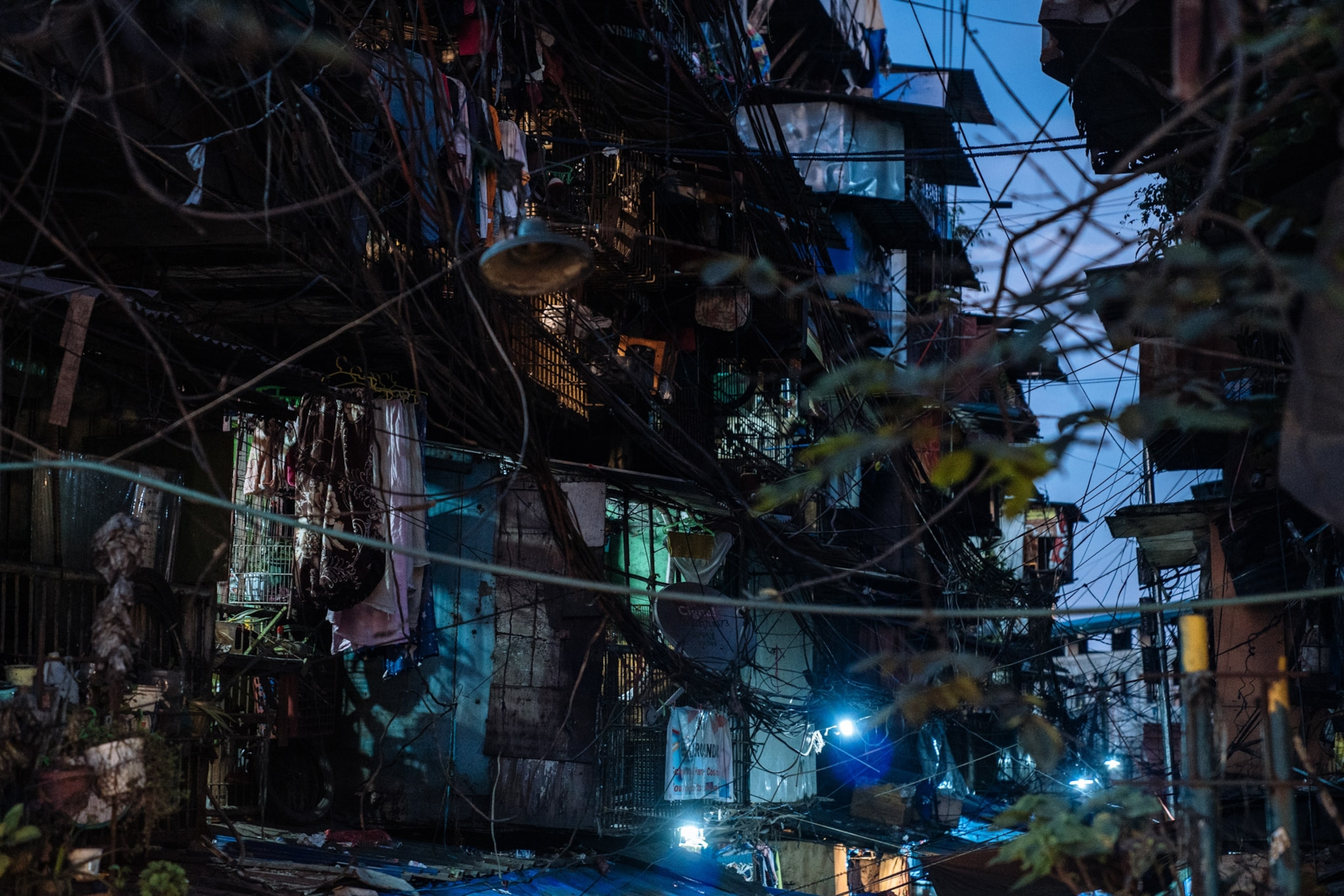

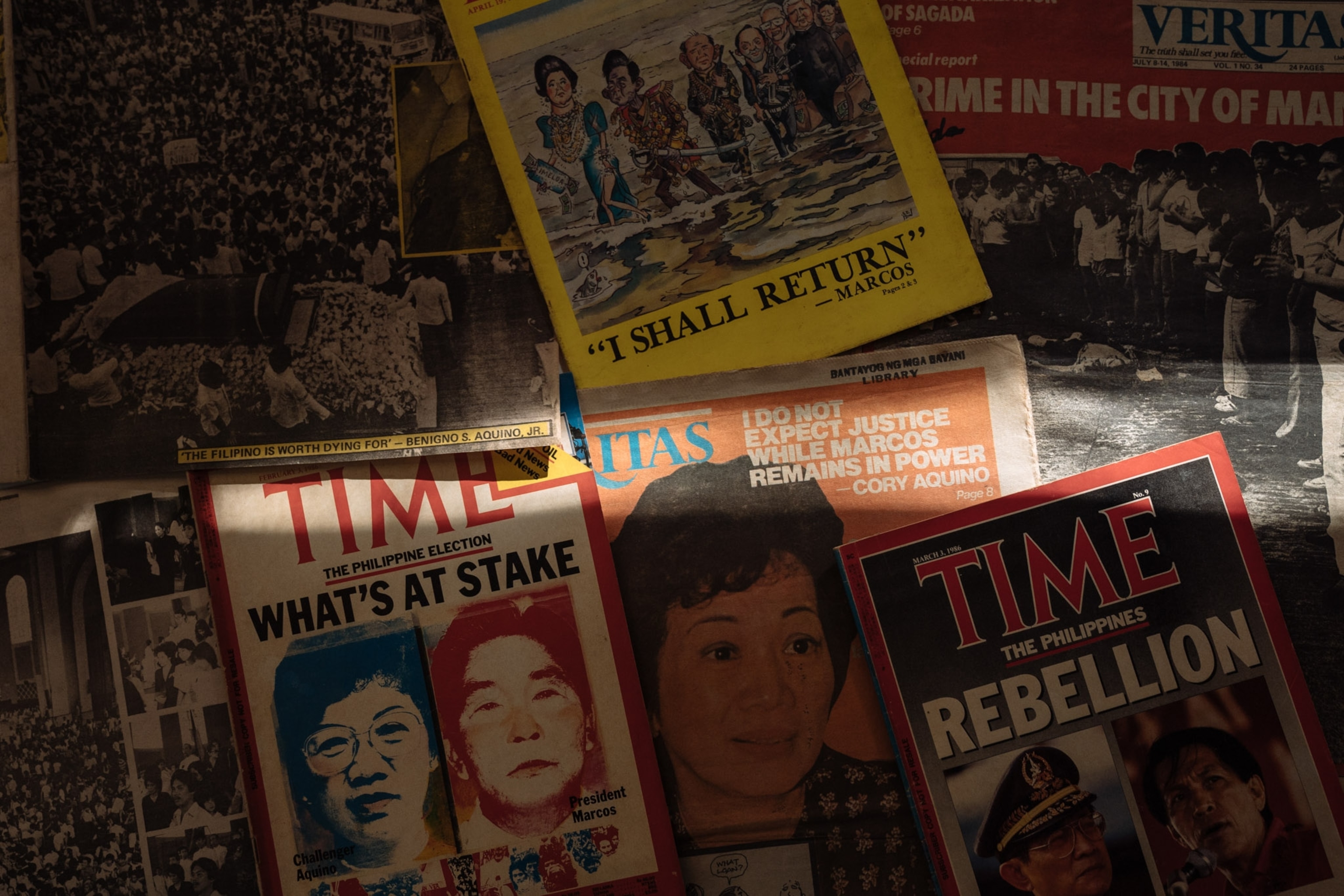
In recent years, she’s started building a digital archive of news reports dating back almost five decades, painstakingly scanning old articles that chronicle the suffering of tens of thousands of Filipinos, many of whom were Rodriguez’s close friends, and uploading them to a public server.
But when she logs out of the archive and into her Facebook account today, Rodriguez is faced with a strikingly different version of events: one that sees acquaintances argue there was no corruption or abuse under Marcos at all, while strangers share falsified news reports claiming Rodriguez’s own lived experience is a lie. “It's so difficult to understand,” she says of the former dictator’s recent surge in popularity. “It's like, where is all this coming from? How can people even believe it? And I’m scared because we don’t have a response to it.”
The purpose of such historical revisionism is patently clear: 34 years after two million protesters took to the streets of Manila to force Marcos from power, a multimillion-dollar disinformation machine is now strategically repositioning the Marcos family as the country’s saviors, rewriting the country’s past in a bid to reinstall the former dictator’s son, 64-year-old Ferdinand “Bongbong” Marcos, Jr., in the presidential palace.
To his opponents’ horror, it appears to be working. As the Philippines’ national elections approach on May 9, Marcos Jr. is leading the polls, propelled by an aggressive campaign that denies evidence of his family’s malfeasance, while undermining rival candidates such as the incumbent Vice President Leni Robredo with online attacks and false content, including a manipulated sex tape that takes aim at her eldest daughter.
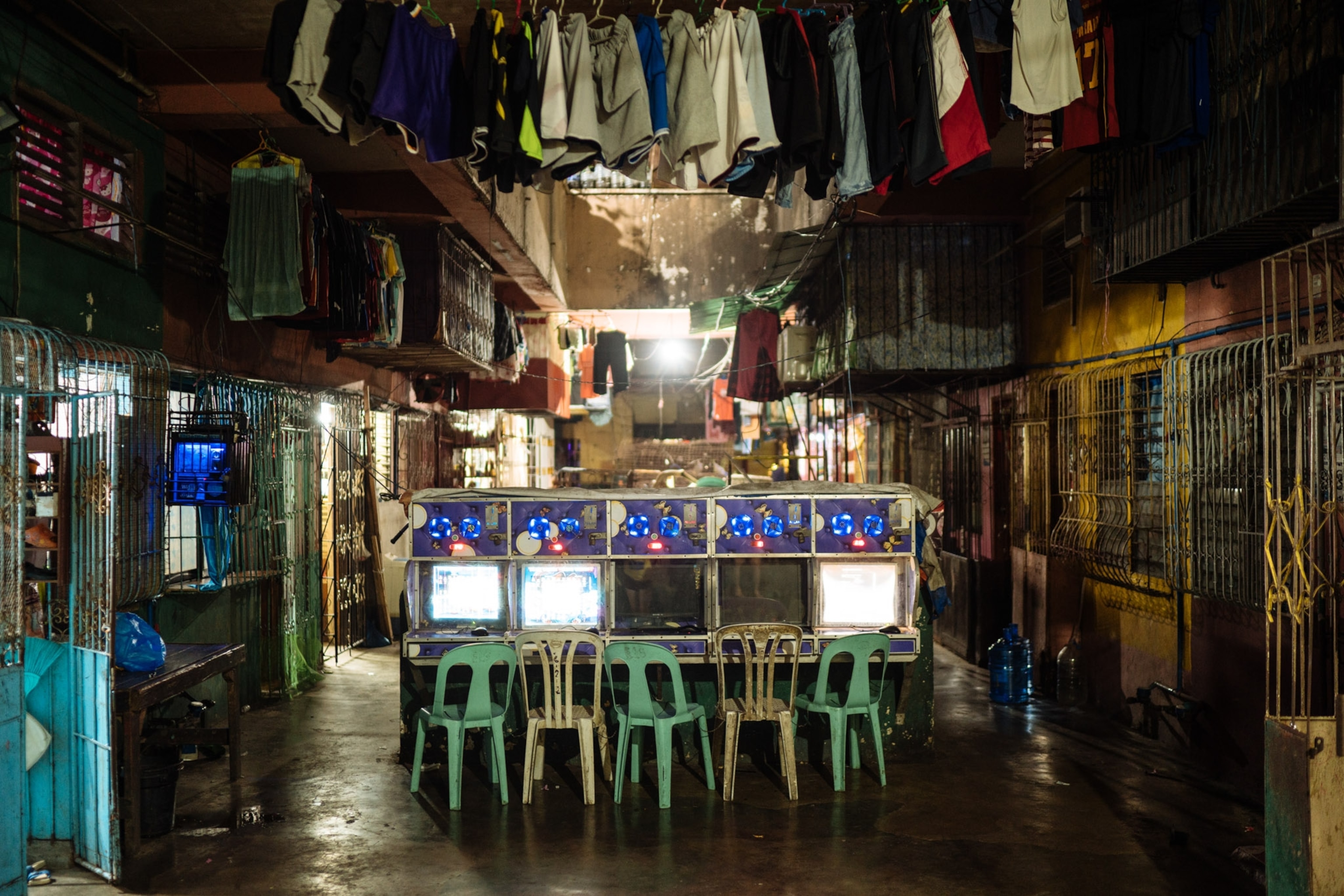
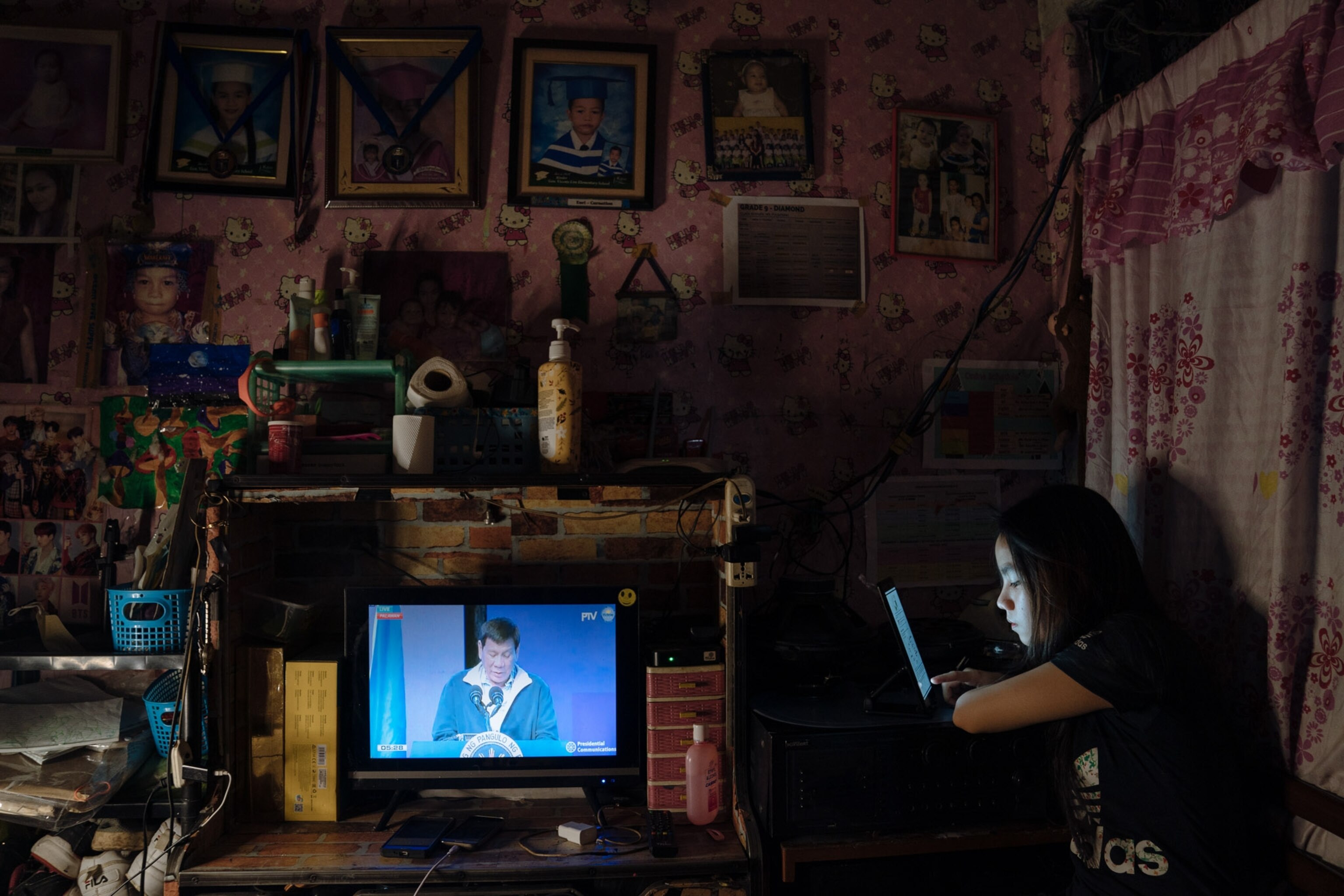

An increasingly inescapable truth is that disinformation flourishes in the Philippines. Here, below tangled braids of overhanging wires and in beachside internet cafés dusted with sand, Filipinos spend an average of 11 hours on the internet everyday, making them some of social media’s most active users in the world. According to Facebook’s own data, every person over the age of 13 in the Philippines has an account (although how many are false or duplicated remains unaddressed). With more than 7,000 islands making up the archipelago—and with over 10 million Filipinos working abroad—social media connected a divided country burdened with a broken infrastructure, while providing a platform where everyone could make themselves heard.
But the same technology also has allowed politicians to manipulate voters and provoke offline violence, seemingly without repercussions. In 2016, less than a year after Facebook first rolled out its “Free Basics” program that allowed anyone in the Philippines with a smartphone to connect to basic internet services for free, a political outlier named Rodrigo Duterte manipulated the platform to win the presidential election by recruiting an army of trolls to attack and harass anyone who spoke out against him. Such violence quickly seeped into real life: In the past six years, Duterte’s so-called “war on drugs” has seen more than 12,000 extrajudicial killings of civilians, including 122 children, while his crackdown on the free press led to a surge in state-sanctioned murders of activists and government critics alike. As journalists, including Nobel Peace Prize recipient Maria Ressa, suddenly found themselves facing court cases for reporting the facts, local news outlets began to refer to their country as “patient zero” in the war on truth.


“May 9, 2016, is the date when I started to reckon with the downsides of the internet, and that was the date of the Philippines election,” says Katie Harbath, Facebook’s former Public Policy Director, responsible for coordinating the platform’s policies on elections around the world until last year. She didn’t realize the severity of the situation at the time, she admits. Nor did she grasp the scale of the violence that accompanied Duterte’s disinformation campaign. “That has picked up since then in other places, but [the Philippines] was one of the first areas where you really started to see social media being weaponized in that way.”
Now, as Duterte’s daughter, Sara, campaigns alongside Marcos Jr, to become the country’s vice president, Facebook (recently renamed Meta) is more prepared: developing a dedicated Philippines election “war room” months in advance, shutting down hundreds of pages and accounts dedicated to political disinformation and collaborating with local groups of fact checkers to stem its spread. “We should never expect 100 percent perfection,” says Harbath. “I think they’re as prepared as they possibly can be, and we'll just see how it actually pans out.”
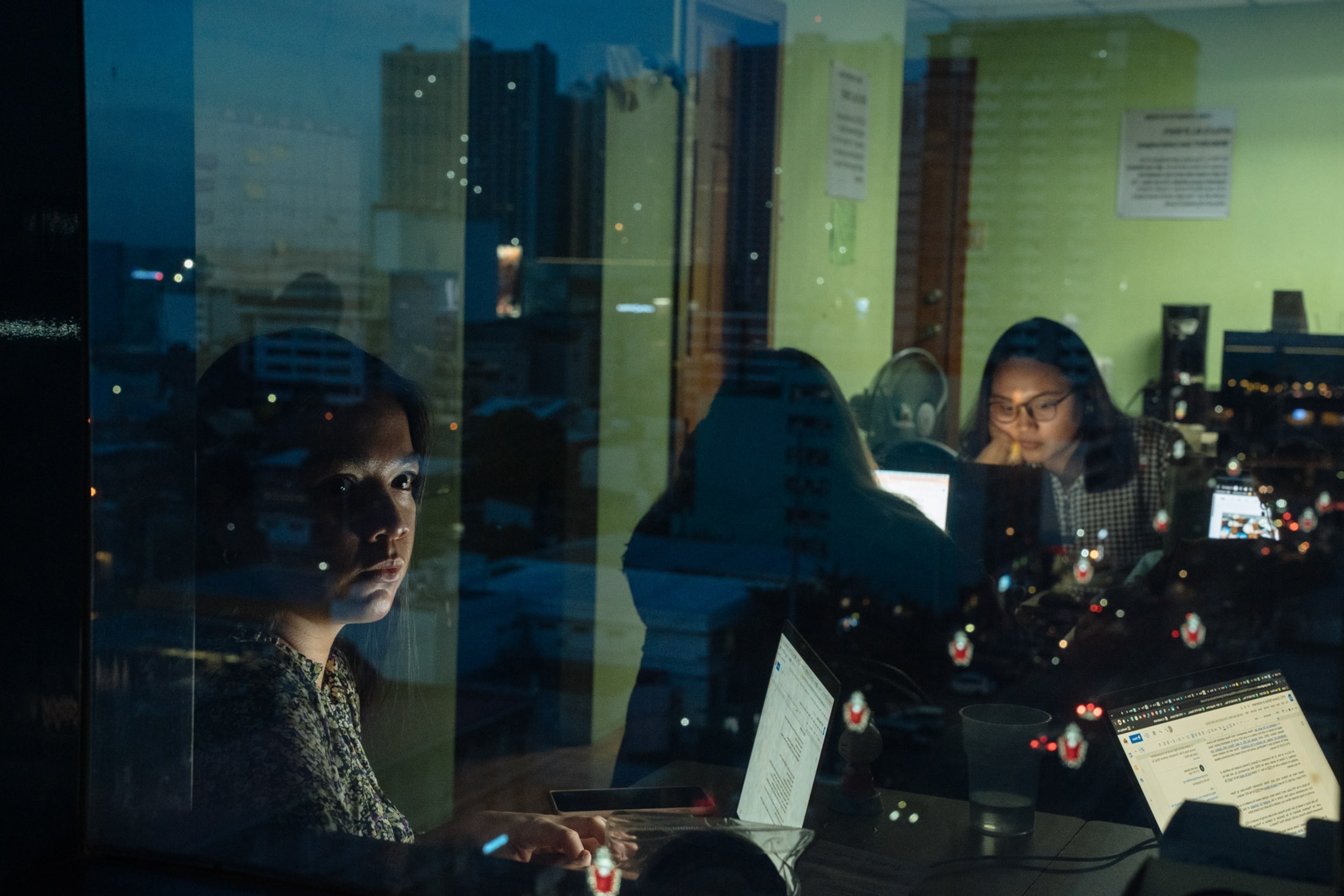
Social media influence
Those working to counter disinformation in the Philippines say they can understand why millions of social media users are falling for the country’s latest wave of political propaganda. Despite frequent promises to reform schooling in the Philippines, education remains underfunded—a decision that many believe is intentional, and contributes to disinformation’s spread. “The politicians in our country deliberately eliminate the importance of education because they don't want us to be learned,” says Danilo Acosta Lumabas, a social studies teacher in Manila who launched his own YouTube channel last year to counteract the fake news he saw his students sharing online. “They’re afraid of educated Filipinos.”
Meanwhile, this year’s presidential campaigns are smarter and shinier than ever. The blank profiles, bots and “troll farms” of anonymous supporters behind Duterte’s 2016 win appear to have decreased in popularity—too obvious to their critics and easy for platforms to shut down. In their place are communities of so-called “micro influencers”—real, identifiable individuals, recruited from across the islands and paid to post as themselves. Emerging alongside the tried-and-tested Facebook posts are TikTok dance routines and pop songs, while public relations professionals from the Philippines’ multibillion dollar advertising industry moonlight as political strategists, directing YouTube vlogs and creating original content specifically designed for viewers to share.
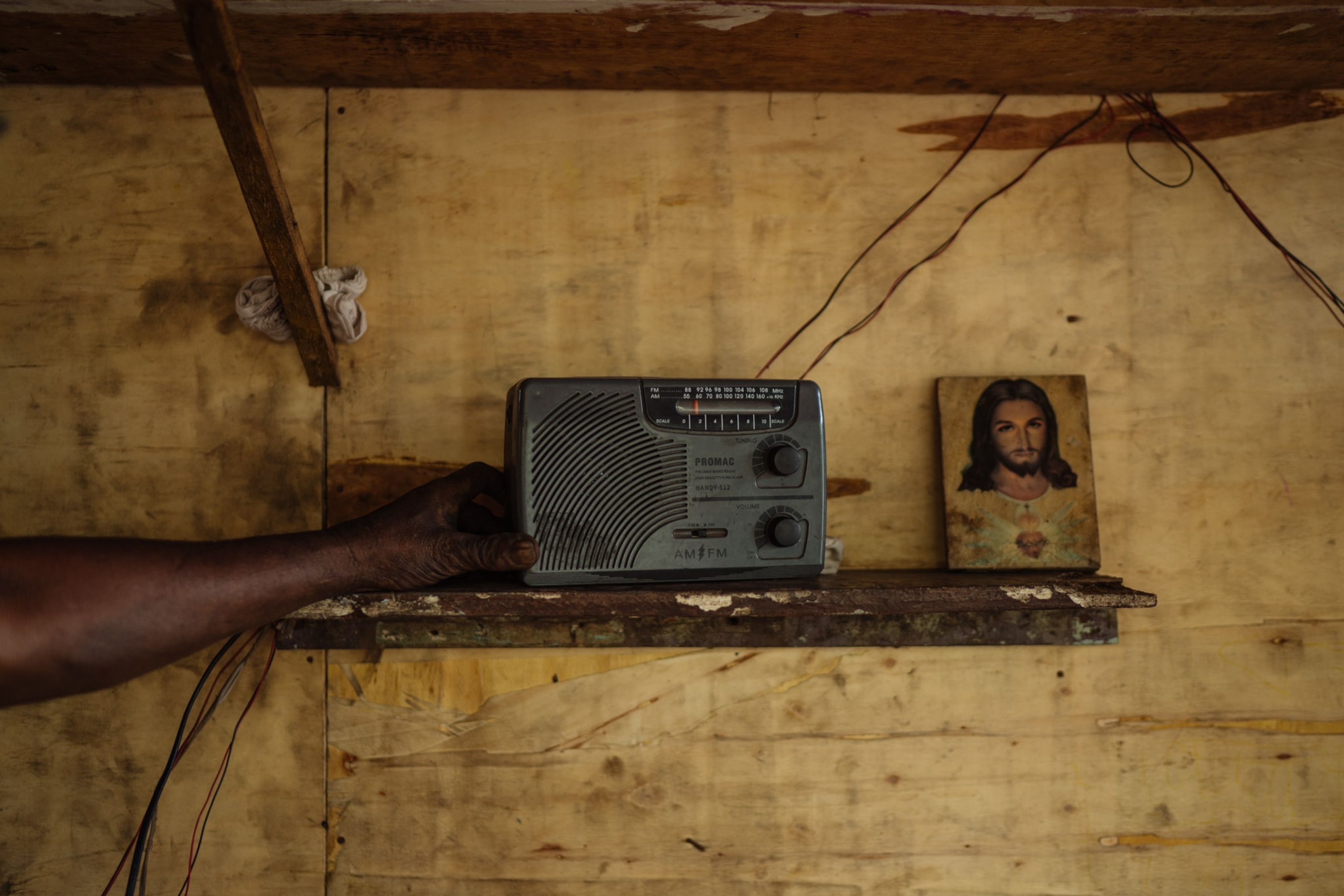
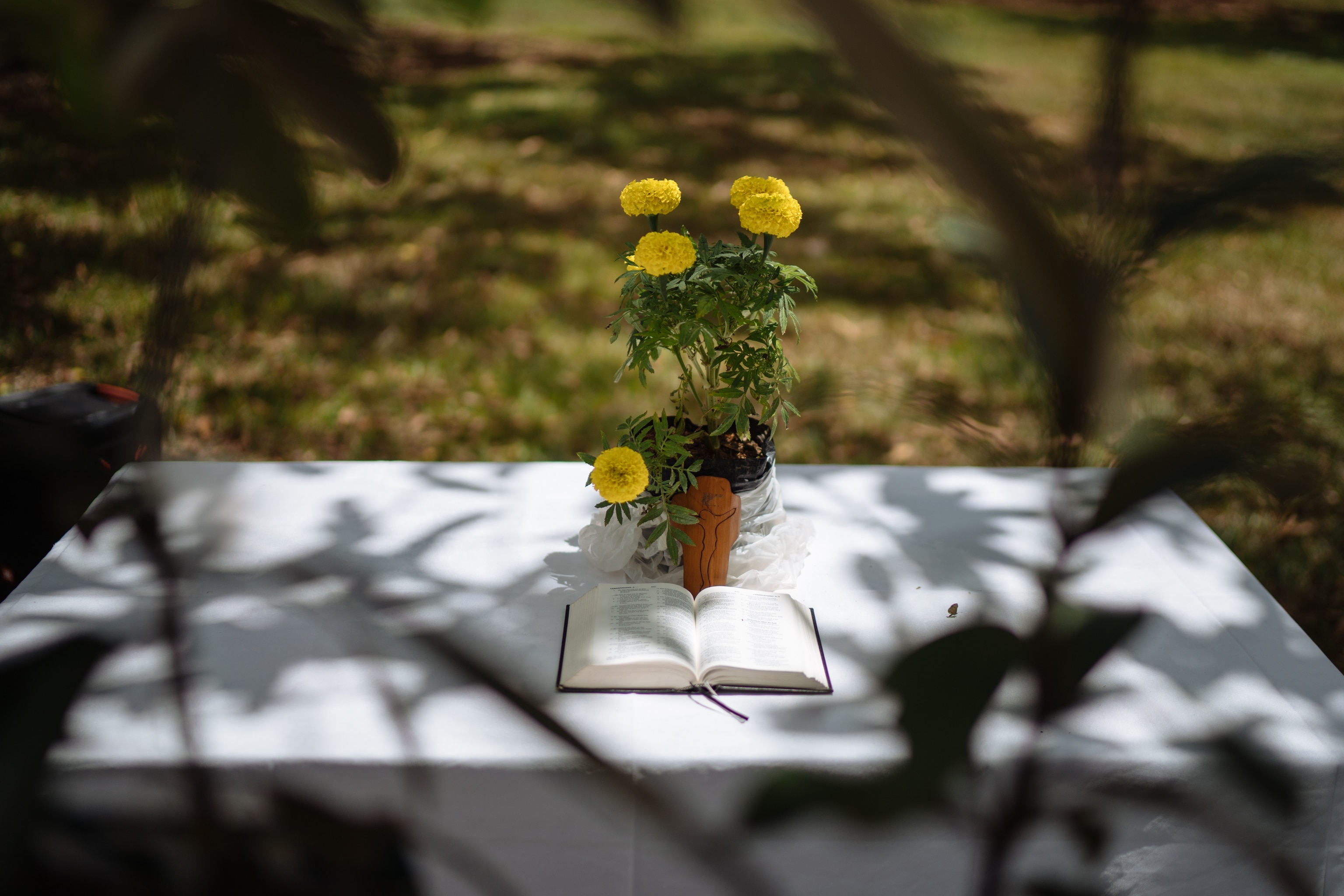
“They deliver their messages extremely efficiently,” says Ellen Tordesillas, a journalist and co-founder of the fact-checking organization, Vera Files—one of a host of locally based news initiatives currently collaborating with overseas Filipino workers, comic book artists, and Catholic priests to encourage voters to think twice before they repeat (or retweet) something they read online. But false reports from multiple political camps travel fast nonetheless, and the fact-checkers struggle to keep up. Even off-handed remarks such as one made by Marcos Jr. during a radio interview claiming that it was easy to breed a certain variety of fish can take days for Tordesillas’ team to disprove. All the while, she says, Marcos’ supporters are spreading new falsehoods and presenting wildly inaccurate claims as verified truth.
“If people are ready to believe these lies without any proof, how do you fight that?” asks May Rodriguez. “When you encounter it in one person, that's okay—that person is just crazy. But when you encounter it repeatedly, then you get scared.”
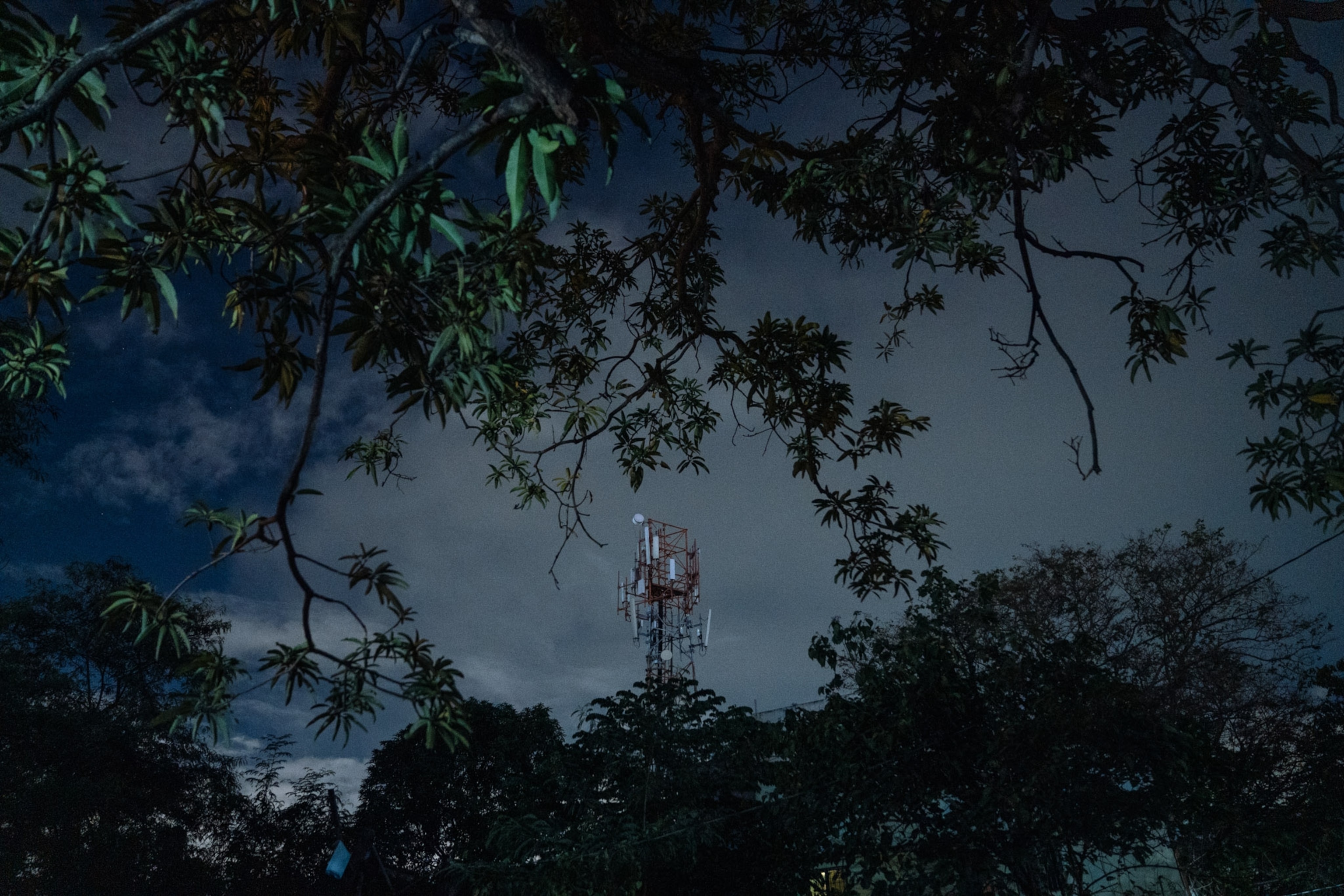
When virtual threats become reality
Rodriguez has reason to be afraid. The recent swell of disinformation may not be unique to the Philippines, but human rights advocates say the archipelago has already witnessed some of its most violent consequences. Threats made online rarely remain there, as the flowers placed carefully atop the tombs of dozens of Filipino activists and journalists can attest. More often than not, the victims’ deaths were preceded by their “red-tagging”—a term that refers to state officials publicly and maliciously blacklisting their critics as communists or terrorists, and inciting online and offline attacks.
The Marcos regime introduced red-tagging in 1969, but human rights activists and government critics say Duterte took it to the next level. Now, as the Duterte and Marcos families work together to win the upcoming elections, many fear social media will see the practice's power continue to grow—and its death count to soar in tandem. In the past six years, more than 421 Filipino activists have been killed for speaking out against Duterte’s government, while hundreds of others have narrowly escaped attempts on their lives. With the victims’ reputations smeared online, few deaths are investigated, and the perpetrators are rarely held accountable.
One of the disinformation machine’s most recent victims was Chad Booc. A volunteer teacher who had spent the past seven years demanding that authorities provide free education to the country’s Indigenous children, Booc had long been the target of false reports on Facebook and state-endorsed smear campaigns posted online. In December 2021, he warned friends that he suspected he might be arrested in the coming months, texting them instructions on what to do just in case.
But none of his friends were ready for what happened next. Some time after 9:30 p.m. on February 23, Booc was killed as he traveled back to Davao City on the southern Philippine island of Mindanao after visiting a remote village in a nearby province. An autopsy determined that he died of multiple gunshots. Four others traveling with Booc also were killed, with at least two of their bodies indicating possible signs of torture, according to rights groups. Following the killings, the Armed Forces of the Philippines (AFP) posted a statement on Facebook alleging the five were members of a local communist terrorist group—a claim that even the Communist Party of the Philippines appeared to deny.
Those closest to Booc were so used to reading false claims about their friend online, they initially believed the news of his death was fake too. His killing has terrified other educators and activists across the country. “When we decided to become teachers, we knew that it would cost us our lives,” says Micah, a 23-year-old one of Booc’s best friends and colleagues, who was once held at gunpoint by the AFP and regularly receives death threats via Twitter and Facebook. She asked not to be fully identified with her surname for fear of retribution.
The messages that fill her inbox are so violent—so detailed in their descriptions of how the attacks will be carried out—that Micah has been diagnosed with PTSD and suffers frequent panic attacks. “There are times when I can’t go outside alone, because there are people following me,” she says. “It’s really scary.”
Micah’s efforts to report the threatening messages to the social media sites have been unsuccessful. The senders’ accounts almost always remain active. “People say, ‘you should report it to the authorities!’ But how can I report it to the authorities if the authorities are the people harassing me?” she says. “What we have right now in the Philippines is a culture of impunity.”
Geela Garcia contributed to the reporting for this story from Manila.
Corinne Redfern is an investigative journalist based in Italy, reporting on human rights and gender issues across Europe and Asia.
Geela Garcia is a multimedia journalist based in Manila reporting on women, food sovereignty, and the environment.
